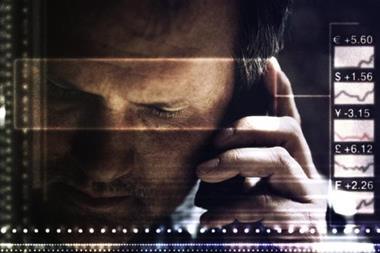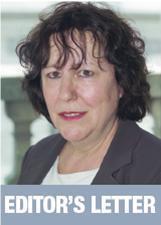A single rogue trader has shocked financial markets worldwide, and raised serious questions about risk management in one of the world's largest financial institutions
True to predictions, the global financial markets have faced a tumultuous start to the year.
First, global equity markets plunged following fears of a US recession. The US Federal Reserve responded with an emergency interest rate cut—stunning the market by slashing rates to 3.5 %. This was followed, on January 24, by news that Société Générale, France’s second largest bank, had uncovered a record breaking 4.9bn Euro internal fraud.
The news sent out shockwaves that were felt the world over. Julian Spence, senior vice president of Transatlantic Re London, called it ‘an extra shock in an already highly stressed environment.’
One of the first questions to be raised was who would pay for the loss. Speaking on the day the news broke, the bank’s risk manager, Michel Yarhi, said the loss would be covered by the bank’s insurance, provided that it was due to deliberate fraud or a lust for self-enrichment.
However, it’s been reported that the culprit—a single rogue trader called Jerome Kerviel—made no profit from the secret fraud. And French sources hinted that the banks decision to announce the loss publicly suggested it was not covered by insurance.
Kerviel, who was responsible for ‘plain vanilla’ hedges on European equity market indexes, had taken massive fraudulent directional positions based on his knowledge of the banks inner workings.
‘He managed to conceal these positions through a scheme of elaborate fictitious transactions,’ said the bank in a release.
His actions almost certainly contributed a downward pressure on European markets—proving that the ultimate losers are likely to be shareholders.
While the incident has made a huge dent in the group’s profits, the bank is still solvent. SocGen shares fell sharply 4% on the day of the announcement and it was forced to launch a capital increase of 5.5bn Euros.
“I'm not sure how many people in the bank could have done the same damage.
Eric Dupont, Fitch Ratings
The French bank also faces tough questions over how it failed to spot the unauthorised trading, which took place at corporate HQ right under the noses of senior management.
Eric Dupont, who is responsible for rating French banks at Fitch, said it was ‘not acceptable’ that a bank like SocGen could allow an internal fraud of this size. Fitch has downgraded the bank by one notch.‘Clearly there is a problem somewhere,’ said Dupont.
The news leaves an especially bitter taste considering new EU financial reporting regimes, which are designed to ensure banks develop internal methods to ensure against these types of risk.
Yet, according to Dupont, certain circumstances mark this particular episode as unique. ‘I’m not sure how many people in the bank could have done the same damage,’ he said. ‘Not many people have the same back office background.’
The incident reinforces the danger posed by the human element of risk managemrnt: ‘Even if the risk management systems are perfect, if you know them, you can go round them,’ warned Dupont.
A question mark hangs over the future of the bank. With some financial institutions hesitant over doing business with SocGen its weakened share price makes it a prime target for takeover bids. ‘The bank may be easy to buy for those who have the money,’ cautioned Dupont.
But the French bank’s position may be strengthened by the current capital squeeze: ‘There might not be as many suitors as there would have been 12 months ago,’ said Dupont.
Kerviel’s fate remains to be seen and questions linger over how much the bank knew and when. Nevertheless, the event has once again demonstrated the fragility of global stock markets and that internal fraud has the potential to seriously threaten the capital base of even the largest banks.




















No comments yet